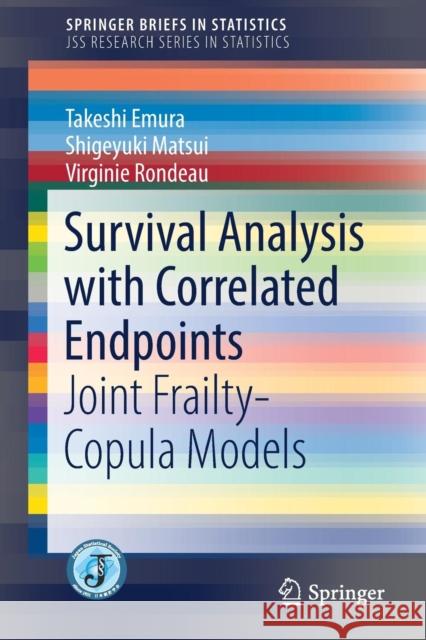Survival Analysis with Correlated Endpoints: Joint Frailty-Copula Models » książka
topmenu
Survival Analysis with Correlated Endpoints: Joint Frailty-Copula Models
ISBN-13: 9789811335150 / Angielski / Miękka / 2019 / 118 str.
Kategorie BISAC:
Wydawca:
Springer
Seria wydawnicza:
Język:
Angielski
ISBN-13:
9789811335150
Rok wydania:
2019
Wydanie:
2019
Ilość stron:
118
Waga:
0.20 kg
Wymiary:
23.39 x 15.6 x 0.76
Oprawa:
Miękka
Wolumenów:
01
Dodatkowe informacje:
Wydanie ilustrowane











